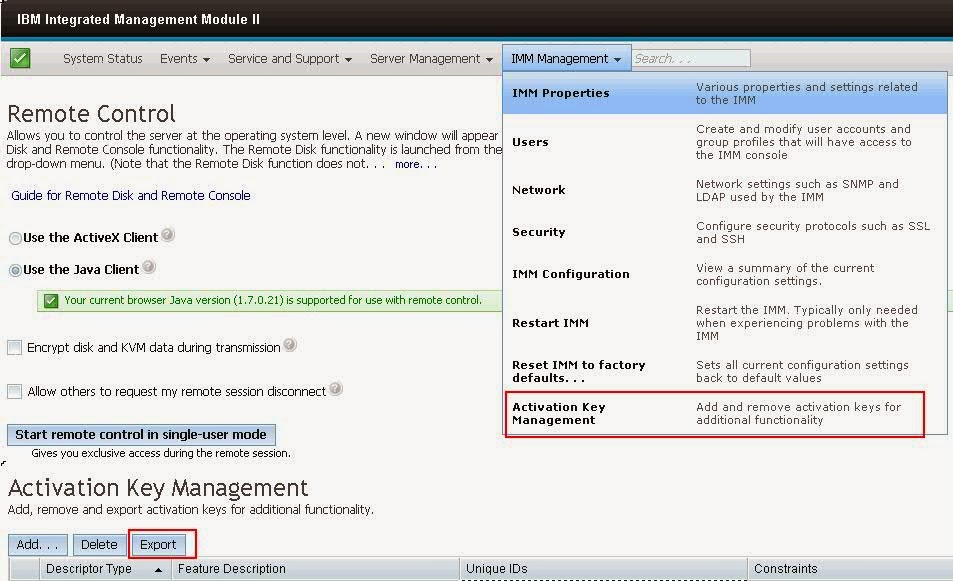Types of cloud computing
Cloud computing is typically classified in two ways:
- Location of the cloud computing
- Type of services offered
Location of the cloud
Cloud computing is typically classified in the following three ways:
- Public cloud: In Public cloud the computing infrastructure is hosted by the cloud vendor at the vendor’s premises. The customer has no visibility and control over where the computing infrastructure is hosted. The computing infrastructure is shared between any organizations.
- Private cloud: The computing infrastructure is dedicated to a particular organization and not shared with other organizations. Some experts consider that private clouds are not real examples of cloud computing. Private clouds are more expensive and more secure when compared to public clouds. Private clouds are of two types: On-premise private clouds and externally hosted private clouds. Externally hosted private clouds are also exclusively used by one organization, but are hosted by a third party specializing in cloud infrastructure. Externally hosted private clouds are cheaper than On-premise private clouds.
- Hybrid cloud Organizations may host critical applications on private clouds and applications with relatively less security concerns on the public cloud. The usage of both private and public clouds together is called hybrid cloud. A related term is Cloud Bursting. In Cloud bursting organization use their own computing infrastructure for normal usage, but access the cloud for high/peak load requirements. This ensures that a sudden increase in computing requirement is handled gracefully.
- Community cloud involves sharing of computing infrastructure in between organizations of the same community. For example all Government organizations within the state of California may share computing infrastructure on the cloud to manage data related to citizens residing in California.
Classification based upon service provided
Based upon the services offered, clouds are classified in the following ways:
- Infrastructure as a service (IaaS) involves offering hardware related services using the principles of cloud computing. These could include some kind of storage services (database or disk storage) or virtual servers. Leading vendors that provide Infrastructure as a service are Amazon EC2, Amazon S3, Rackspace Cloud Servers and Flexiscale.
- Platform as a Service (PaaS) involves offering a development platform on the cloud. Platforms provided by different vendors are typically not compatible. Typical players in PaaS are Google’s Application Engine, Microsofts Azure, Salesforce.com’s force.com .
- Software as a service (SaaS) includes a complete software offering on the cloud. Users can access a software application hosted by the cloud vendor on pay-per-use basis. This is a well-established sector. The pioneer in this field has been Salesforce.coms offering in the online Customer Relationship Management (CRM) space. Other examples are online email providers like Googles gmail and Microsofts hotmail, Google docs and Microsofts online version of office called BPOS (Business Productivity Online Standard Suite).
The above classification is well accepted in the industry.
David Linthicum describes a more granular classification on the basis of service provided. These are listed below:
- Storage-as-a-service
- Database-as-a-service
- Information-as-a-service
- Process-as-a-service
- Application-as-a-service
- Platform-as-a-service
- Integration-as-a-service
- Security-as-a-service
- Management/Governance-as-a-service
- Testing-as-a-service
- Infrastructure-as-a-service

Comments